Improving soil water dynamics and crop productivity through conservation tillage in arid regions – Nature

Executive Summary: Conservation Tillage as a Catalyst for Sustainable Development Goals in Arid Agriculture
This report details the findings of a long-term field experiment (2019-2021) on the Loess Plateau, investigating the efficacy of conservation tillage practices in a dryland winter wheat-spring maize rotation system. The study evaluates the potential of these practices to advance several United Nations Sustainable Development Goals (SDGs), particularly SDG 2 (Zero Hunger), SDG 6 (Clean Water and Sanitation), SDG 12 (Responsible Consumption and Production), and SDG 15 (Life on Land). Four tillage methods were assessed: continuous tillage (CC) as the control, no-tillage (NN), subsoiling (SS), and a combination of no-tillage and subsoiling (NS). The results demonstrate that the NS treatment significantly improves soil health, enhances water resource management, and boosts crop productivity. Specifically, the NS combination reduced soil bulk density, increased porosity, improved soil water storage, and led to yield increases of up to 10.0% for winter wheat and 18.7% for spring maize. Water use efficiency also improved by up to 31.3%. These outcomes establish the NS tillage system as a viable and promising strategy for achieving sustainable agricultural development in arid and semi-arid regions, directly contributing to global sustainability targets.
Introduction: Aligning Agricultural Practices with Sustainable Development Goals
The Loess Plateau represents a critical region for dryland agriculture in China, yet faces significant challenges that impede progress towards key SDGs. Low agricultural productivity, unstable soil conditions, and the degradation of water and soil resources due to intensive traditional tillage practices directly threaten SDG 2 (Zero Hunger) by limiting food production. Furthermore, inefficient rainfall utilization undermines SDG 6 (Clean Water and Sanitation) by failing to manage water resources sustainably. These conventional methods contribute to land degradation, a core concern of SDG 15 (Life on Land). This study addresses these challenges by exploring conservation tillage as a pathway to more resilient and productive agricultural systems. By investigating how practices like no-tillage and subsoiling affect soil water dynamics and crop growth, this research aims to identify an optimal tillage model that supports SDG 12 (Responsible Consumption and Production) through enhanced resource efficiency, thereby providing a theoretical and practical foundation for sustainable agriculture in the Weibei dry farming region.
Methodology for Sustainable Agricultural Assessment
A long-term field experiment was conducted from 2019 to 2021 at the Fuping Experimental Base on the Loess Plateau, an area characterized by a semi-humid climate and dark loessial soils. The experiment was designed to assess the impact of different tillage systems on a winter wheat-spring maize rotation, with a focus on metrics relevant to agricultural sustainability.
Experimental Design and Treatments
A completely randomized block design was implemented with four distinct tillage treatments, each replicated three times:
- Continuous Tillage (CC): The control, representing traditional plowing practices.
- No-Tillage (NN): A conservation method involving direct seeding with minimal soil disturbance.
- Subsoiling (SS): A deep tillage method designed to break up compacted soil layers (plow pans).
- No-Tillage and Subsoiling Combination (NS): A hybrid approach combining the benefits of minimal surface disturbance with deep soil loosening.
All treatments included the return of shredded straw to the field after harvest to enhance soil organic matter and moisture retention.
Key Performance Indicators for SDG Evaluation
To evaluate the contribution of each tillage practice to the SDGs, the following parameters were measured:
- Soil Physical Properties (SDG 15): Soil bulk density and porosity were measured at depths of 0–60 cm to assess impacts on soil structure and health.
- Soil Water Dynamics (SDG 6): Soil moisture content and water storage were monitored in the 0–200 cm soil layer during fallow periods and critical crop growth stages.
- Crop Health and Productivity (SDG 2): Relative chlorophyll content (SPAD values) was measured to assess plant physiological status. Crop yield and its components were determined at harvest.
- Resource Use Efficiency (SDG 12): Water Use Efficiency (WUE) was calculated as the ratio of grain yield to total water consumption during the growing period.
Results: Evaluating Tillage Impacts on Key SDG Indicators
Enhancing Soil Health and Land Quality (SDG 15)
All conservation tillage treatments effectively improved soil physical conditions compared to both pre-experiment levels and the traditional CC method. This directly addresses the goal of halting and reversing land degradation.
- Soil Bulk Density: All treatments reduced soil bulk density in the 0–60 cm layer. The NS treatment was most effective, reducing average bulk density by 0.1–0.2 g cm⁻³ compared to other treatments.
- Soil Porosity: Correspondingly, soil porosity increased across all treatments. The NS treatment demonstrated the greatest improvement, increasing porosity by 2.0-5.5% relative to the other methods, creating a more favorable environment for root growth and water infiltration.
Optimizing Water Resource Management (SDG 6)
Conservation tillage significantly improved the soil’s capacity to capture and store water, a critical factor for sustainable water management in arid regions.
- Fallow Period Water Storage: During the fallow period before winter wheat planting, the NN, SS, and NS treatments increased soil water storage by 49 mm, 17 mm, and 36 mm, respectively, compared to the CC treatment. The NN and NS treatments were superior in water retention.
- Growing Season Soil Moisture: During the winter wheat season, average soil water content in the 0–200 cm layer was higher in the NN (4.8%), SS (5.4%), and NS (3.5%) treatments than in the CC treatment. All conservation treatments maintained higher soil water storage throughout the crop growth cycles.
Boosting Crop Productivity and Food Security (SDG 2)
The improvements in soil health and water availability translated directly into enhanced crop performance and yield, contributing to food security.
- Relative Chlorophyll Content (SPAD): All conservation treatments improved SPAD values, indicating healthier plants. The NS treatment showed the most significant and consistent improvement in both wheat and maize.
- Crop Yield: All treatments increased yields compared to the control. Winter wheat yields rose by 5.4-10.0%, and spring maize yields by 7.3-18.7%. The NS treatment delivered the highest yields for both crops, demonstrating its superiority in boosting productivity.
- Water Use Efficiency (WUE): WUE improved significantly under conservation tillage, indicating more responsible production (SDG 12). For winter wheat, WUE increased by 1.2-6.0%, while for spring maize, the increase was a remarkable 5.5-31.3%. The SS treatment was most efficient for wheat, and the NS treatment was most efficient for maize.
Discussion: Synergies between Conservation Tillage and the SDGs
The findings illustrate a powerful synergy between conservation agriculture and the pursuit of the Sustainable Development Goals. The combined no-tillage and subsoiling (NS) practice emerges as a superior system for integrated benefits.
A Pathway to Responsible Production (SDG 12)
The NS treatment optimizes the use of natural resources. By reducing soil disturbance (no-tillage) while simultaneously breaking the compacted plow pan (subsoiling), it enhances water infiltration and retention. This leads to significantly higher Water Use Efficiency (WUE), meaning more crop yield is produced per unit of water consumed. This “more crop per drop” approach is the essence of sustainable and responsible production systems.
Integrated Benefits for Land, Water, and Food (SDGs 15, 6, 2)
The study demonstrates a clear causal chain: improved soil structure (SDG 15) leads to better water storage (SDG 6), which in turn supports healthier plants and higher, more stable yields (SDG 2). Traditional tillage (CC) consistently underperformed, highlighting its unsustainability. The NS method, by improving soil porosity and reducing bulk density, creates a resilient foundation that mitigates the impacts of erratic rainfall, a key challenge in arid regions. Path analysis confirmed that soil physical properties, water use efficiency, and chlorophyll content were significant drivers of crop yield, reinforcing the importance of this integrated approach.
Conclusion and Recommendations for Sustainable Dryland Agriculture
This research concludes that the adoption of conservation tillage, particularly the combination of no-tillage with subsoiling (NS), offers a robust and effective strategy for advancing sustainable agriculture on the Loess Plateau and in similar dryland ecosystems worldwide. This approach directly contributes to multiple SDGs by simultaneously improving soil quality, optimizing water resources, and increasing crop productivity.
The NS system significantly enhances soil physical properties, increases water storage during critical fallow periods, and boosts both crop yield and water use efficiency for winter wheat and spring maize. It represents a scientifically validated model for achieving the interconnected goals of:
- Zero Hunger (SDG 2) by increasing food production.
- Clean Water and Sanitation (SDG 6) by promoting efficient water use.
- Responsible Consumption and Production (SDG 12) by creating more efficient agricultural systems.
- Life on Land (SDG 15) by reversing soil degradation.
Based on these findings, the NS tillage practice is recommended as a key component of agricultural policy and farmer advisory programs aimed at building resilient and sustainable food systems in water-scarce environments.
Analysis of Sustainable Development Goals (SDGs) in the Article
1. Which SDGs are addressed or connected to the issues highlighted in the article?
-
SDG 2: Zero Hunger
This goal is central to the article, which focuses on enhancing agricultural productivity to ensure food security. The study investigates methods to increase the “crop yield” of winter wheat and spring maize, directly contributing to the target of ending hunger and promoting sustainable agriculture. The introduction explicitly states that “improving soil fertility and water use efficiency to achieve high and stable crop yields has become an urgent priority for the region’s agricultural development.”
-
SDG 6: Clean Water and Sanitation
The article is deeply connected to this goal through its emphasis on water management in an arid agricultural region. It explores how different tillage practices can enhance “rainfall utilization,” “soil moisture retention,” and overall “water use efficiency (WUE).” This directly addresses the need for sustainable water management in agriculture, which is a major consumer of freshwater resources globally.
-
SDG 15: Life on Land
This goal is relevant as the study addresses the degradation of terrestrial ecosystems due to unsustainable farming. The introduction notes that “prolonged use of intensive traditional tillage practices has led to inefficient utilization of water and soil resources.” The research aims to find tillage systems that “improve soil quality” by reducing “soil bulk density” and increasing “soil porosity,” thereby contributing to the restoration of degraded land and promoting sustainable land use.
2. What specific targets under those SDGs can be identified based on the article’s content?
-
Target 2.4: Ensure sustainable food production systems and implement resilient agricultural practices.
This target aims to implement resilient agricultural practices that increase productivity, help maintain ecosystems, and progressively improve land and soil quality. The article directly addresses this by evaluating conservation tillage methods (no-tillage, subsoiling) as a “promising tillage practice for the sustainable development of dryland agriculture.” The study demonstrates that these practices improve soil quality and increase crop yields, making the agricultural system more resilient and sustainable.
-
Target 6.4: Substantially increase water-use efficiency across all sectors.
This target focuses on improving the efficiency of water use. The article’s investigation into how conservation tillage can “improve water use efficiency” for both winter wheat and spring maize is a direct contribution. The study quantifies the improvement in Water Use Efficiency (WUE), showing increases of “1.2-6.0% for winter wheat and 5.5-31.3% for spring maize” compared to traditional methods.
-
Target 15.3: Combat desertification, restore degraded land and soil.
This target seeks to achieve a land degradation-neutral world. The research is set in the Loess Plateau, a “dryland agricultural region” where traditional tillage has caused soil degradation. The study’s findings that conservation tillage methods “effectively reduced soil bulk density” and “increased soil porosity” are direct measures of improving soil health and reversing degradation, thus contributing to the restoration of degraded land.
3. Are there any indicators mentioned or implied in the article that can be used to measure progress towards the identified targets?
Yes, the article mentions and implies several quantitative indicators that can be used to measure progress:
-
For Target 2.4 (Sustainable and resilient agriculture):
- Crop Yield (kg/hm²): This is a direct indicator of agricultural productivity. The article measures the yield of winter wheat and spring maize, showing that conservation tillage treatments “increased the yields of both winter wheat and spring maize compared to the control, with increases of 5.4-10.0% for winter wheat and 7.3-18.7% for spring maize.”
- Soil Quality Metrics: These serve as indicators of sustainable land management. The article measures:
- Soil Bulk Density (g/cm³): A lower bulk density indicates less soil compaction and better soil health. The study found that the no-tillage and subsoiling (NS) treatment reduced the average bulk density by 0.1–0.2 g cm⁻³.
- Soil Porosity (%): Higher porosity indicates better soil structure for water and air. The NS treatment increased porosity by 2.0-5.5% compared to other treatments.
-
For Target 6.4 (Water-use efficiency):
- Water Use Efficiency (WUE) (kg/(hm²·mm)): This is an explicit indicator used in the study. The article defines it as “the ratio of the economic yield per unit area to the water consumption (mm)” and reports that conservation tillage improved WUE significantly.
- Soil Moisture Content (%) and Soil Water Storage (mm): These are measured throughout the fallow and growing periods. The article states that during the fallow period, tillage treatments “significantly enhanced soil water content and storage compared to CC.” These metrics are crucial for assessing the effectiveness of water conservation measures.
-
For Target 15.3 (Combat land degradation):
- Changes in Soil Bulk Density and Porosity: As mentioned for Target 2.4, these metrics are also direct indicators of soil health and can be used to track the reversal of land degradation. The improvement in these physical properties demonstrates progress toward restoring degraded soil.
4. Summary Table of SDGs, Targets, and Indicators
| SDGs | Targets | Indicators Identified in the Article |
|---|---|---|
| SDG 2: Zero Hunger | 2.4: Ensure sustainable food production systems and implement resilient agricultural practices. |
|
| SDG 6: Clean Water and Sanitation | 6.4: Substantially increase water-use efficiency across all sectors. |
|
| SDG 15: Life on Land | 15.3: Combat desertification, restore degraded land and soil. |
|
Source: nature.com

What is Your Reaction?
 Like
0
Like
0
 Dislike
0
Dislike
0
 Love
0
Love
0
 Funny
0
Funny
0
 Angry
0
Angry
0
 Sad
0
Sad
0
 Wow
0
Wow
0

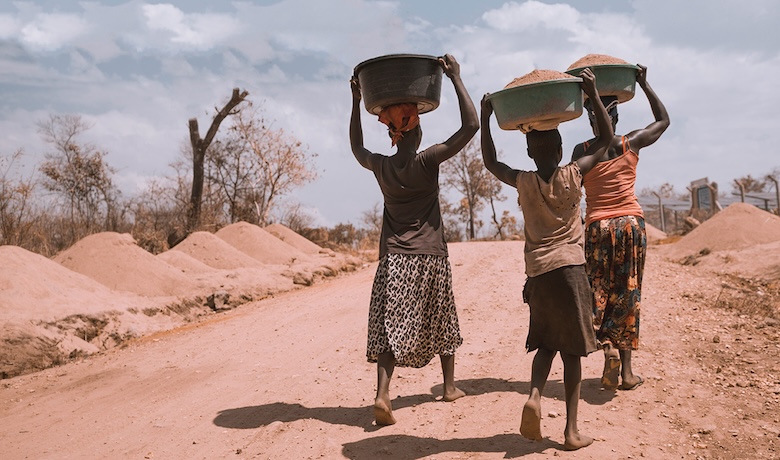



























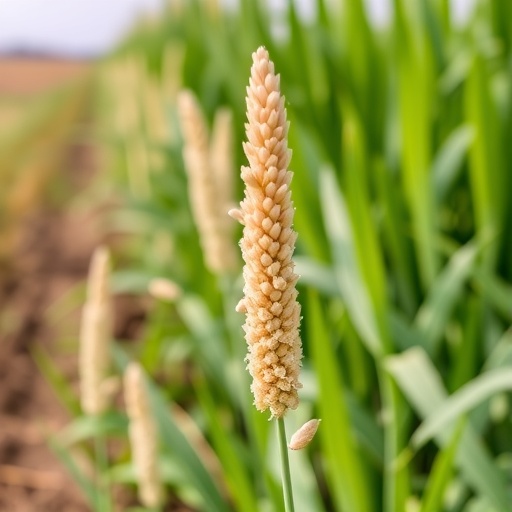

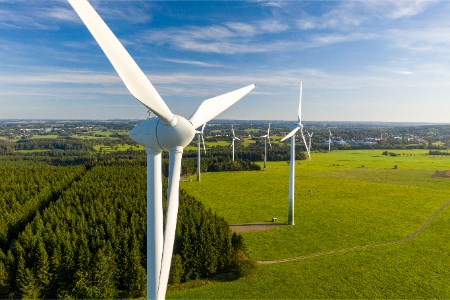
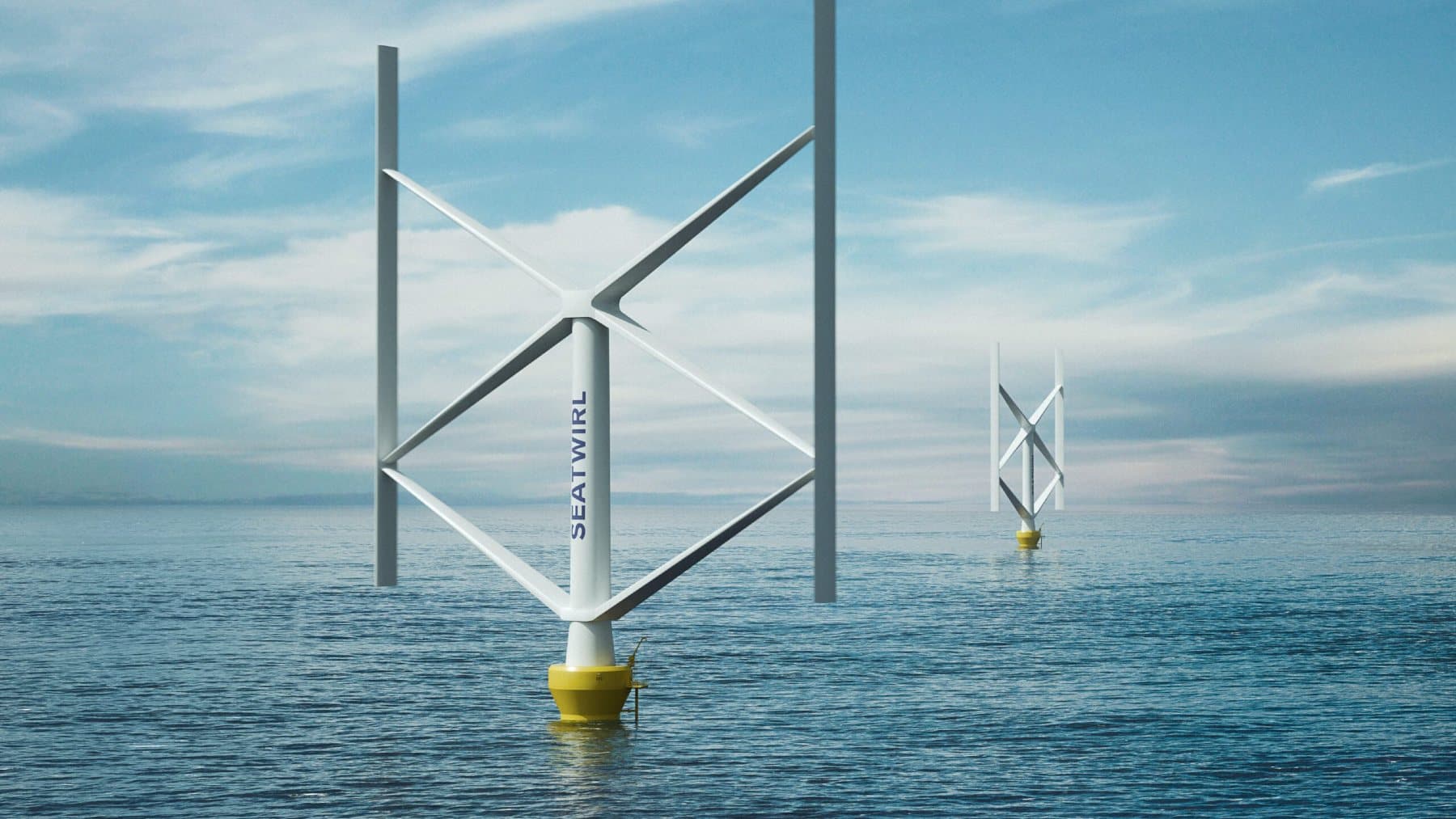




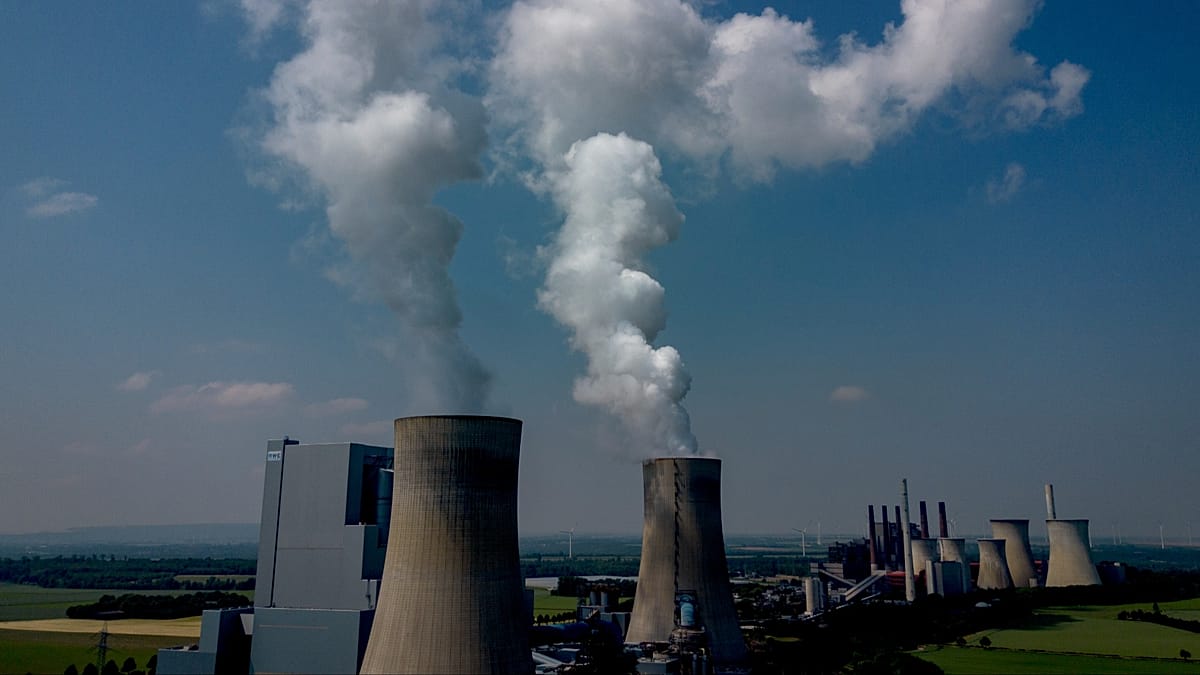



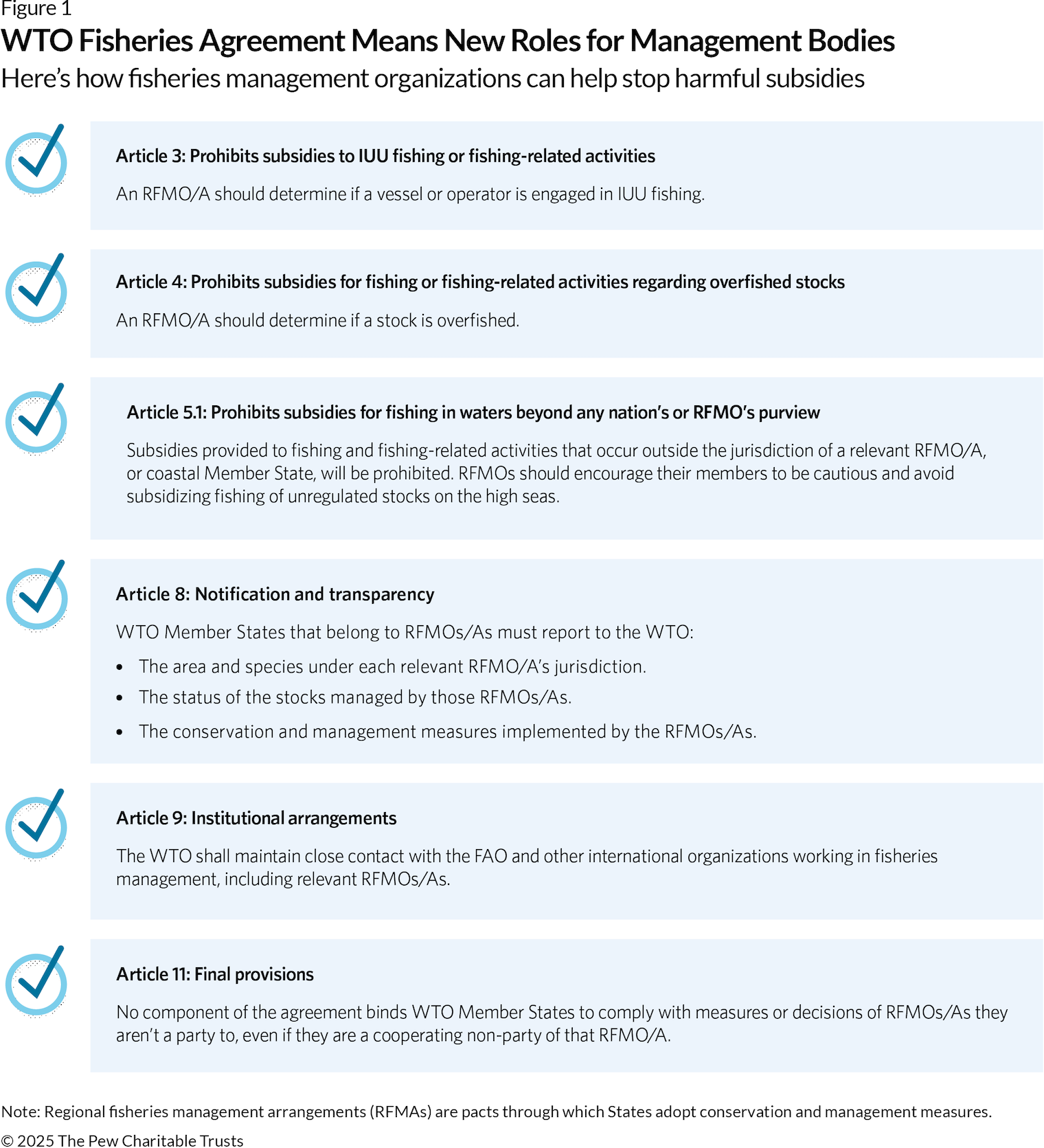

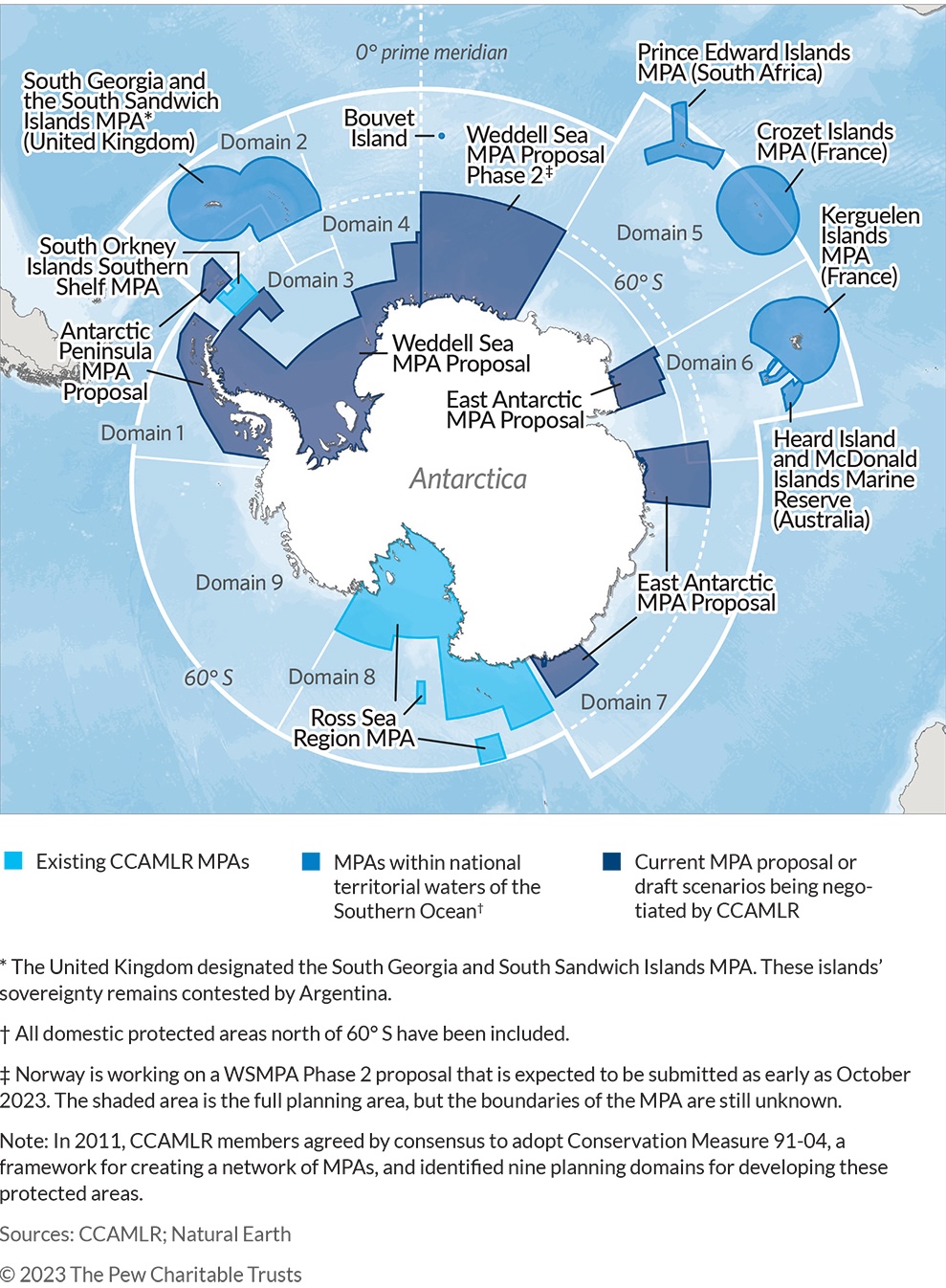


.jpg?h=50da7ea4&itok=DTgFLdpn#)






























